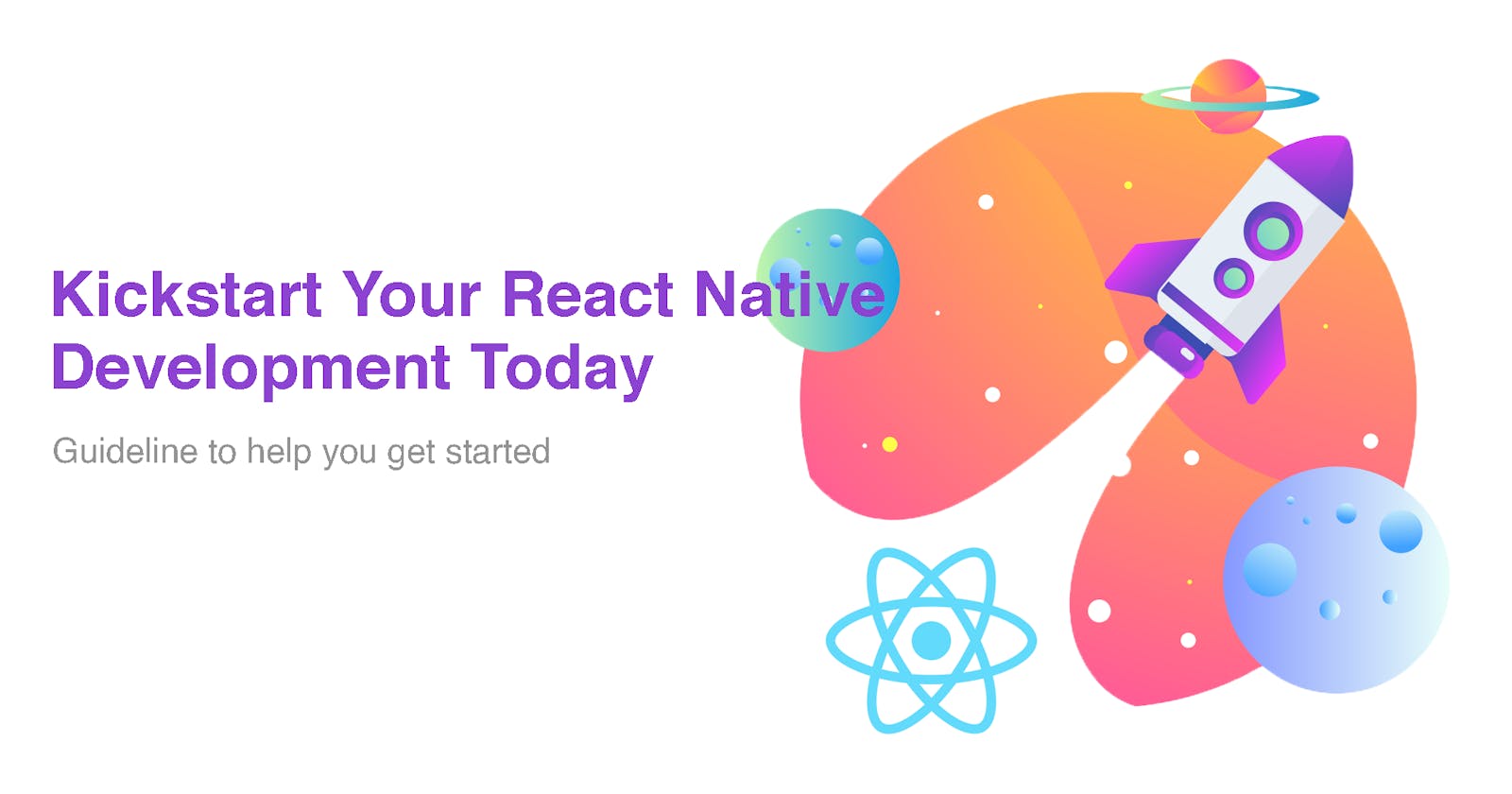Hello, fellows!
Today's post ends the Hashnode #2articles1week Challenge. 🥳 So let's dive in.
React Native allows us to create fully native apps for iOS and Android with a single JavaScript codebase. It is a cross-platform framework, which is one of its main advantages.
If you want to learn React Native but don't know where to start, here is a guideline to help you get started making some fantastic mobile apps with this framework.
1. Prerequisites ✔️
To work with React Native, you must first understand JavaScript fundamentals. Also, because React Native is based on React, a JavaScript library for developing user interfaces, understanding the underlying concepts behind React is essential for getting the most of React Native.
If you're already familiar with these, you can skip ahead; otherwise, here are some resources to help you learn JavaScript or React:
- Official documentations: JavaScript, React, React Fundamentals
- Interactive online platforms: JavaScript, React, React Cheat Sheet for Beginners by Victoria Lo
2. Learn by doing 🤸♀️
So, roll up your sleeves and get creative! Create an app while reading the official documentation and playing with their interactive examples. Choose a topic on which you want to work. It might be a Books App, a Note-Taking App, Recipes App, and so on.
As React Native Docs suggests, the simplest way to get started is using Expo CLI. It will allow you to create your React Native app in a zero setup environment. However, if you are already comfortable with mobile development, you may use React Native CLI, which requires Xcode or Android Studio to get started. Whether it's Expo or React Native CLI, use this link to configure the development environment.
3. Ideas and Resources 💡
Now that everything is in place, what comes next?
You may be struggling with creativity right now, or you may have too many ideas in your head. Your top priority should be to get some hands-on experience as soon as possible. That's why, I've prepared the following list of resources to help you:
- Use pre-made examples that include some views, text, images, and buttons. Google various mobile screen app designs and try to implement them. 📱
- Extend your idea and incorporate elements such as React Nativation or a FlatList.
- Layout your app with FlexBox. You can learn Flexbox using this froggy platform. 🐸
- Later on, you can use AsyncStorage to persist your data whenever you close and restart your app. Here’s my article on how to use AsyncStorage in React Native.
- Use a React Native boilerplate.
Final thoughts
I hope you can use some of the information in this post to get started right away creating awesome React Native apps. 🚀
Want to learn more about the differences between Native and React Native app development? Check out this article I wrote. Also, did you know that some of the most well-known apps you may use are built with React Native? Among the most popular are Facebook, Instagram, Tesla, Discord, and Airbnb.
Have patience, joy, and fun on your exciting new journey of developing RN mobile apps! Until next time, bye bye! 😃
